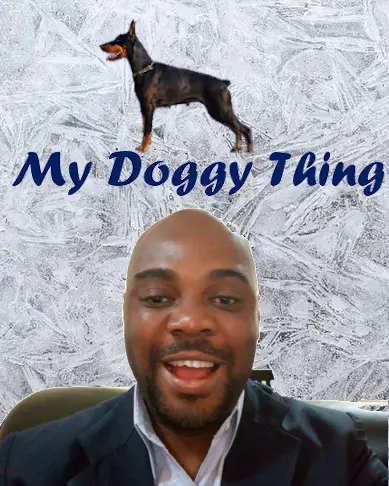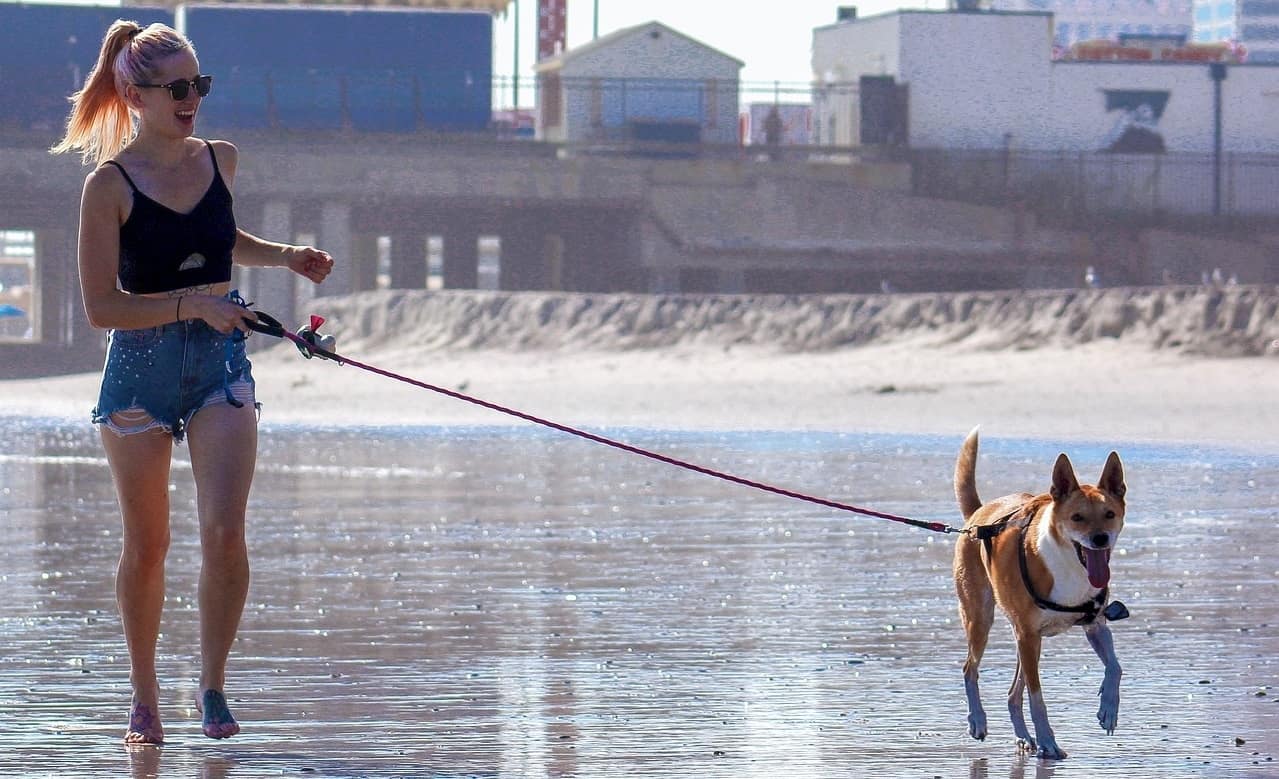Walking with our dogs can be very satisfying and also time well spent with our canine best friends, or maybe not, some of you may already be entangled in a fight for control. The way your dog acts when put on a leash can be somewhat ridiculous and can lead to some serious problems. Most dog walkers also tend to encounter problems while trying to walk their client’s dogs. These problems can range from pulling the leash to mouthing the leash and lunging to even barking and acting aggressively at the end of the leash.
If you are here, you probably have experienced some of these problems. The good thing is that there is a solution to this problem.
But before we go into details of the common leash problems and their solutions, we need to put it out there that it is no surprise most dogs have problems with their leash. The leash prevents our dogs from exploring different places and things when out with us. It also prevents them from moving as they would actually want to. All this ends up putting the responsibility of your dog enjoying walking on the leash on your shoulder. This is actually a good thing because it means that you can control all aspects of your dog’s leash problem.
.
.
So let’s continue, here are the three most common leash problems and their accompanying solutions:
1.Pulling on the leash.
This looks like this: you find your dog straining at the leash and nearly choking himself or herself in the process. Dogs do this because they are instinctively programmed to pull against pressure instead of giving in to it. This is especially more obvious in dogs who usually get their way when they demand for something. Another theory is that these dogs have developed little connections with their dog parents and hence their only interest is to appease their curiosity about things around them and less about following a structure with you.
How do we deal with this: you deal with this particular problem by gaining control. The best way to gain control of your dog here is to only allow him or her to move about freely when the leash is loose, immediately you feel your dog pulling hard on the leash you stop in place till the leash gets loose again. If your dog is a bit stubborn, you may need to add some verbal markers in addition to stopping your movement. You can use “nope” or anything that suits you. Only allow movement when the leash is loose, if your dog is pulling to go towards something that interests him or her, like sniffing into the bush or rushing towards someone they recognize, you would still only allow them to move when the leash is a bit loose and immediately they seem to be close to their target use another command like a sit command or the stop command to keep them in place. You only allow them to continue with their activity as a form of reward. Treats can come in handy here, you may decide to reward him or her anytime they check on you to know whether they should advance. If this seems like you are being wasteful, then a show of approval anytime they check on you to move forward is also ok. The whole point of this is to keep your dogs attention on you whenever you go for a walk.
Tools for the job: Use a front clip harness that crosses the front of your dog’s chest to hold on to the leash. Avoid choke collars and prong collars. For more powerful or stronger dogs that are out of control, you can use head halters to keep them in check.
2.Mouthing and chewing their leash.
This looks like this: your dog grabs the leash with his or her mouth, they nibble or bite on it, the more aggressive ones tend to pull on it trying to engage you in some sort of tug-of-war. Some dogs like to engage in this activity when going on a walk, others tend to do this when you standstill with a leash on them. Some engage in this when they get agitated or nervous. For these dogs having something in their mouth has a kind of calming effect on them. This is especially true for dogs that like to retrieve objects. This way they tend to get the attention they want with their dog parents.
How do we deal with this: you can start by teaching your dog an alternative behavior. For some dogs, this can be as easy as teaching them the sit or the heel command and rewarding them for maintaining their position. Another way would be to ignore your dog when they start nibbling or biting the leash. This takes away the fun from the process for the dog. When they don’t get the needed attention from you, they would tend to give up on the mouthing and chewing of their leash and try other means to get your attention. You can take handling the nibbling problem to the next level by using two leashes on one harness, when he tugs on one leash you can switch to the other leash. This will take away the fun from tugging the leash and make them seek another way of getting attention.
Tools for the job: Switch your leash type from fabric to chain. The simple reason is that chain leashes are not fun to chew on. They cannot nibble or mouth the chains as it would cause them pain. You can also provide alternative objects like a doggy ball or stuffed toys.
3.Barking, Lunging, Reacting on Leash
This looks like this: your dog is likely reacting to some form of stimulation from the environment. The triggers may be mental or physical ranging from running, people strolling by, bikers, joggers, people petting your dogs in passing, and more. Your dog would usually react by lunging at you, standing on their hind feet, spinning in circles, and barking and whining all at the same time straining the leash.
These behaviors are rooted in the frustration or anxiety that your dog may be feeling at that moment. Because the leash would not allow them to follow up and investigate these stimuli to understand what is happening around them. They get agitated. There is also that element of chasing after something especially when it involves joggers passing by. It is worth mentioning that the more you punish your dog for behaving badly in this state, the more the dog gets curious and more stimulated as it would seem to him or her that they are getting some form of attention and what they are longing for is worth investigating.
How do we deal with this: This particular problem requires professional help. Whether you involve a veterinarian or a dog behaviorist, you will need a professional’s input to analyze and properly deal with the problem.
Resolving this problem requires digging into your dog’s emotional state, the things that trigger their such actions, their aggression level, the degree to which your dog may pose a risk to other dogs, animals, and people around them. You will get the best results working with a trainer, this way together you identify the triggers and the best alternative behavior to introduce, things like when to make eye contact with your dog or hand signals in addition to verbal commands. All these work well together with treats and rewards.
Tools for the job: Front-clip harnesses and head halters allow you to apply more control to your dogs, you can easily turn them away from stimuli that trigger these unwanted behaviors. More obedience training and positive reinforcement techniques need to be learned and applied properly to correct this behavior. There is also the technique of using visual blockers such as cars or trees to block the dog’s line of sight from the stimulating event, thereby lessening the stimulation and preventing the bad behavior.

Hi, I am Charles Nwankwo Editor-in-Chief, Mydoggything.com. Gleaning from Professional Dog Trainers, behaviorist, Registered Veterinarians, and Breeders. We are passionate about making dog care easy for you. My job is to make sure that you get the best-updated dog care information to understand and take care of your dog or dogs.
